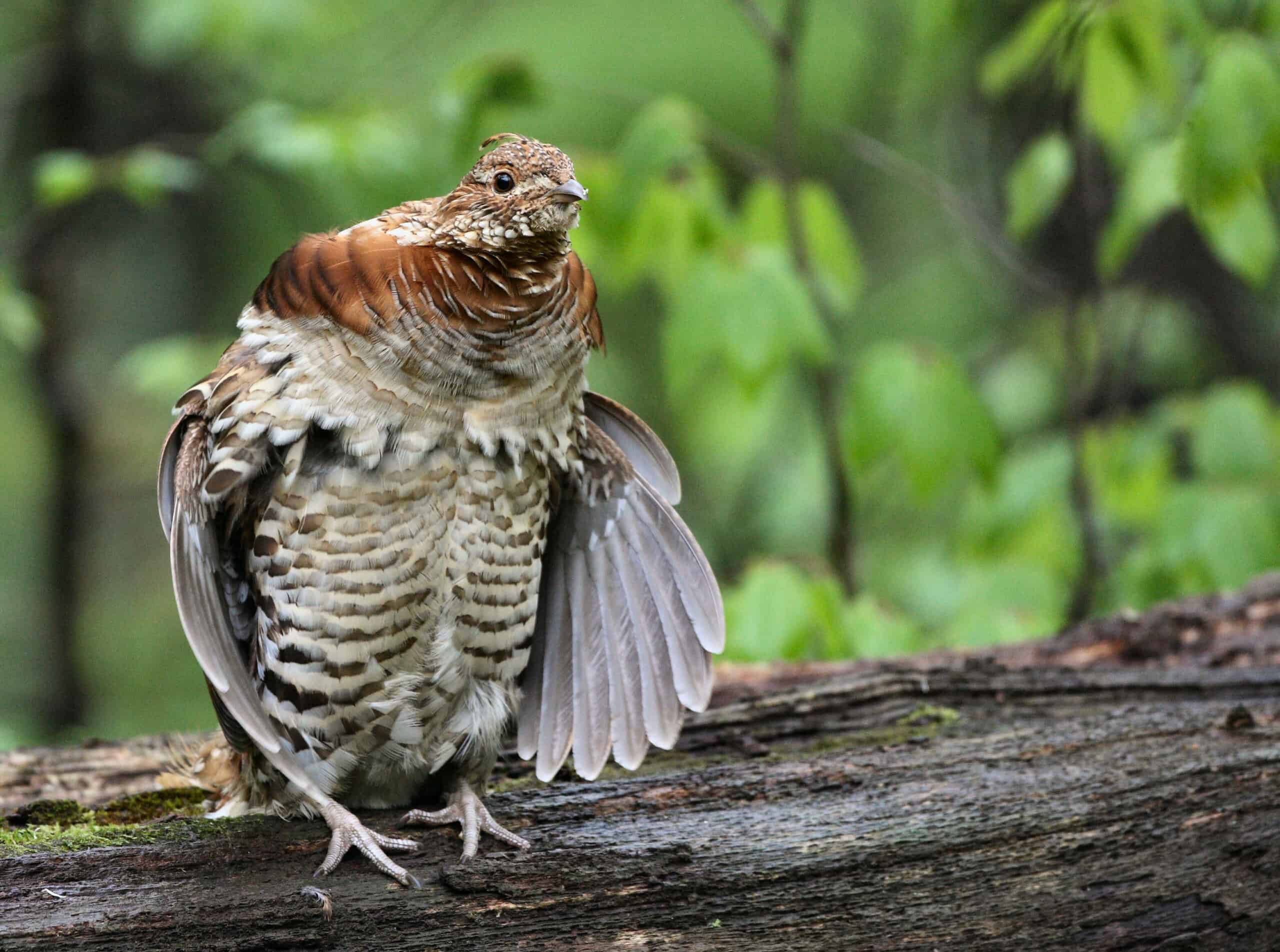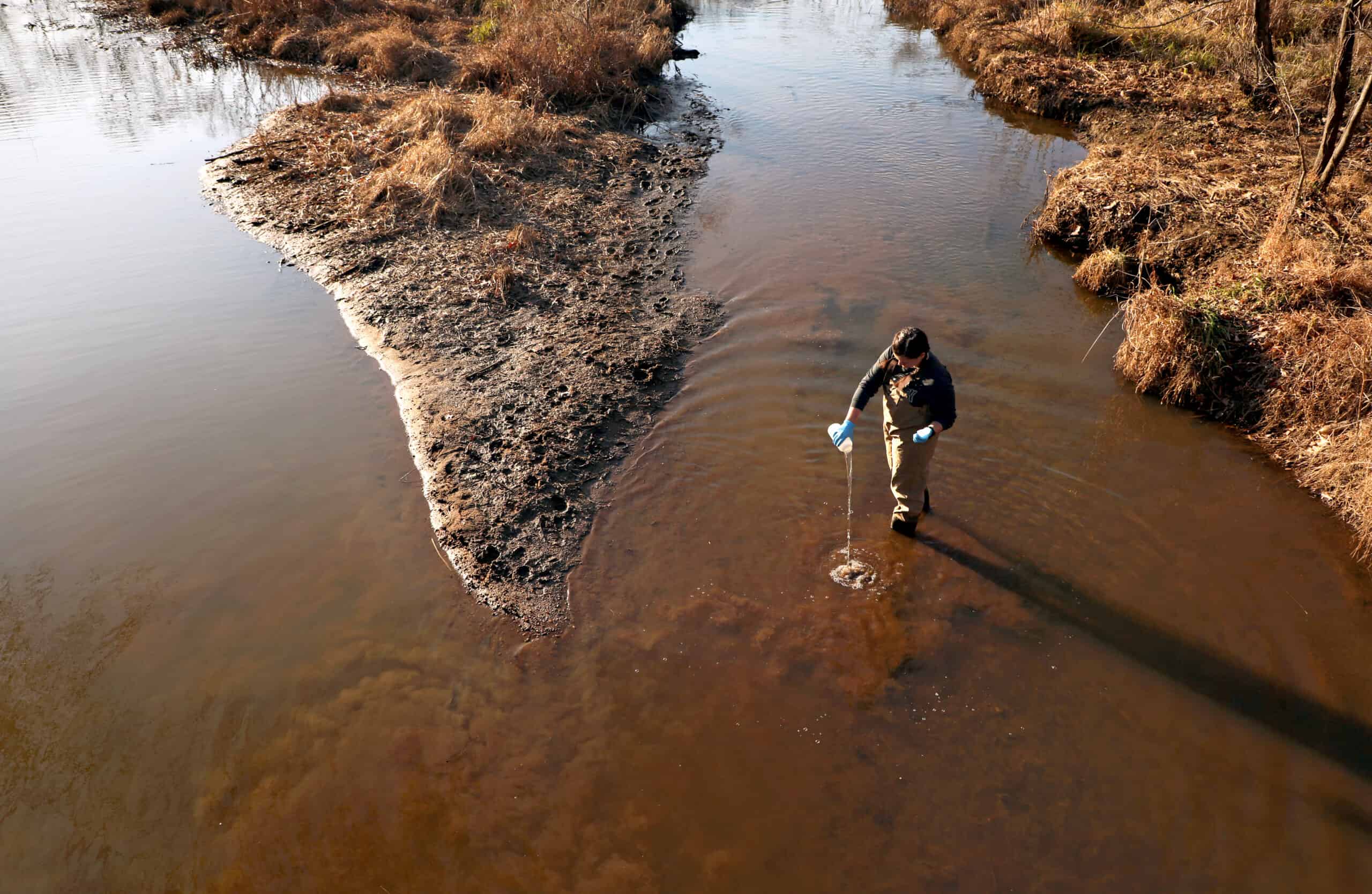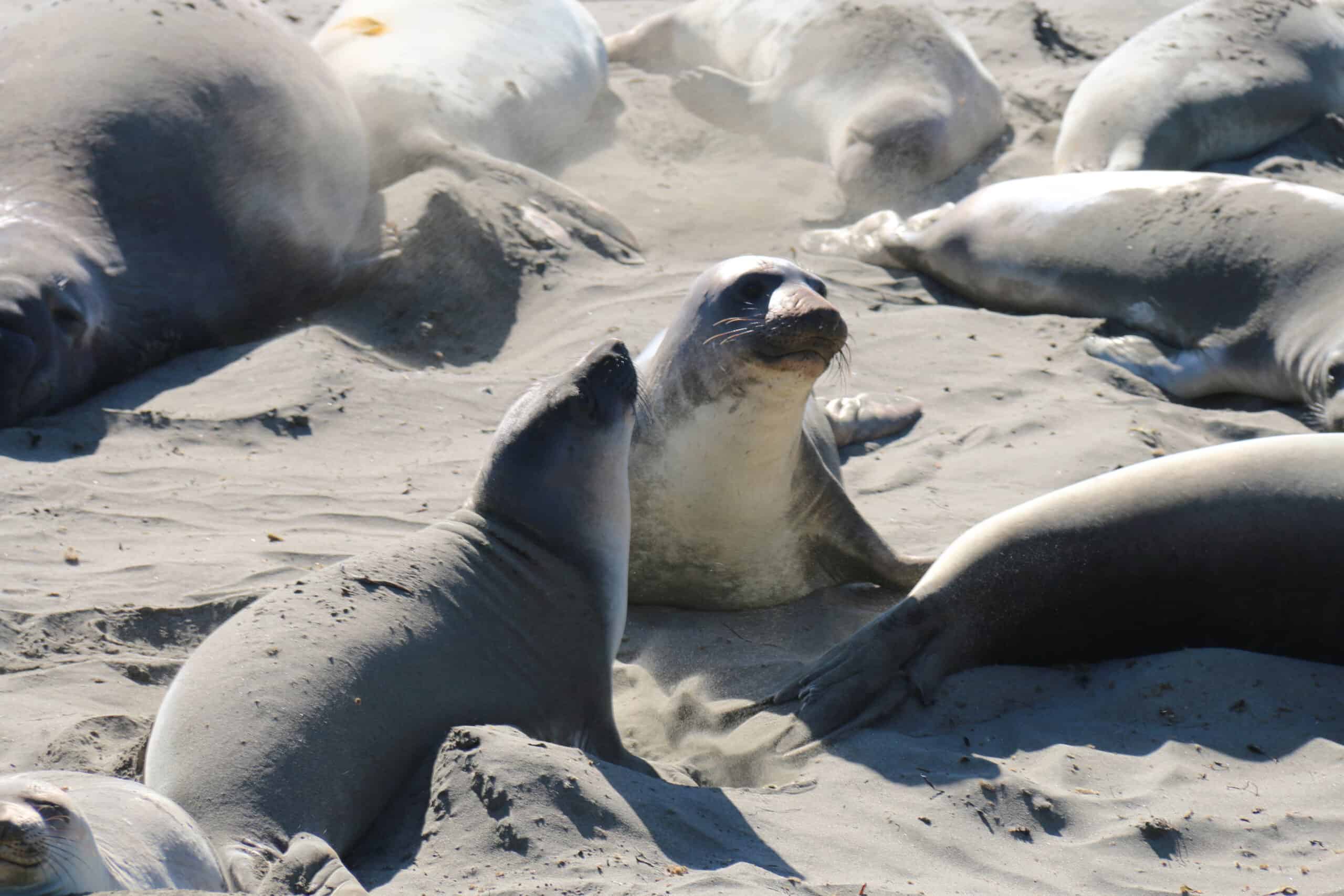Share this article
Wildlife Featured in this article
- ruffed grouse
Ruffed grouse genetics consistent across Pennsylvania
But fragmentation has reduced genetic variation in some areas
Researchers have uncovered some potentially good news for ruffed grouse in Pennsylvania. Although the state bird’s numbers have been declining, its genetics are consistent throughout the state—a helpful sign for conservation efforts.
When the West Nile virus was introduced to the U.S. around 2000, it dealt a blow to a number of birds, including ruffed grouse (Bonasa umbellus). “Since then, not just gamebirds like the ruffed grouse, but other species of the bird community have been declining,” said Leilton Luna, a postdoctoral researcher at Penn State.
Luna, who has a background in genomics applied to biodiversity conservation, wondered if the species’ genes could reveal more about the reasons for the birds’ decline. Researchers knew that some natural populations can display an immune response to new pathogens due to unique genetic variants, akin to responses seen in bighorn sheep (Ovis canadensis) facing respiratory diseases in North America and even humans who survived the Black Death in Europe.
He wondered if the same might be true for ruffed grouse and West Nile virus. He also wondered how habitat fragmentation might be impacting the species’ natural connectivity through the lens of genetic relationships. If populations become too genetically isolated, it could change the way the state game commission manages them.
Luna led a study published in Molecular Ecology looking at the birds’ genes to answer these questions.
“We can use this information to connect to the landscape level and measure how connected populations are,” he said. “Then, we can use external information like habitat fragmentation, elevation of the terrain and other features on the landscape to see if those features are affecting the way populations are related or not.”
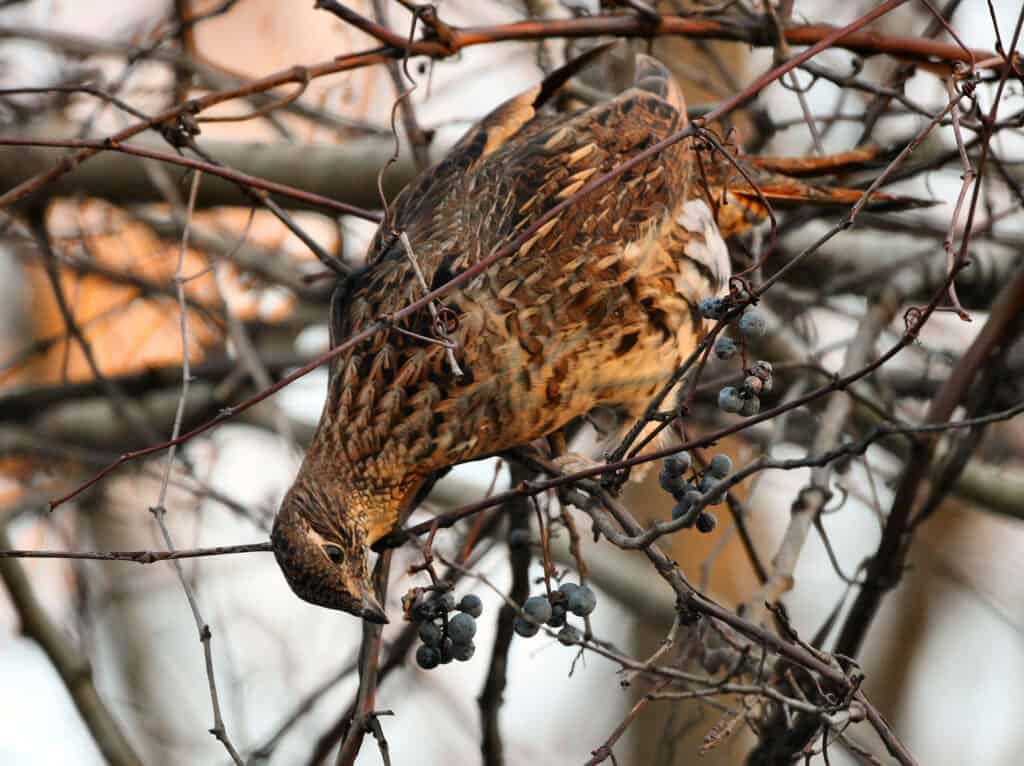
First, Luna and his colleagues sequenced a reference genome of the ruffed grouse—a procedure that once took years but now can be done in months. Then, they collected samples of ruffed grouse from hunters in areas where the landscape was intact and where it was fragmented.
They found grouse genetics were similar throughout the state, suggesting the population should be managed as one unit.
However, they did find that habitat fragmentation is reducing the way some populations are connecting, particularly in the southern part of Pennsylvania, where human development has historically been more intense. “These findings also indicate that the variety of genes in the Pennsylvania ruffed grouse population does not appear to be linked to the rate of population recovery from West Nile virus mortality in the area,” Luna said. “Instead, it appears that other factors, such as the loss of mixed forests, may play a more key role in determining recovery rates.”
Looking at their genetics allowed the researchers pinpoint which of the state’s wildlife management units could benefit from more management efforts, such the creation of habitat corridors.
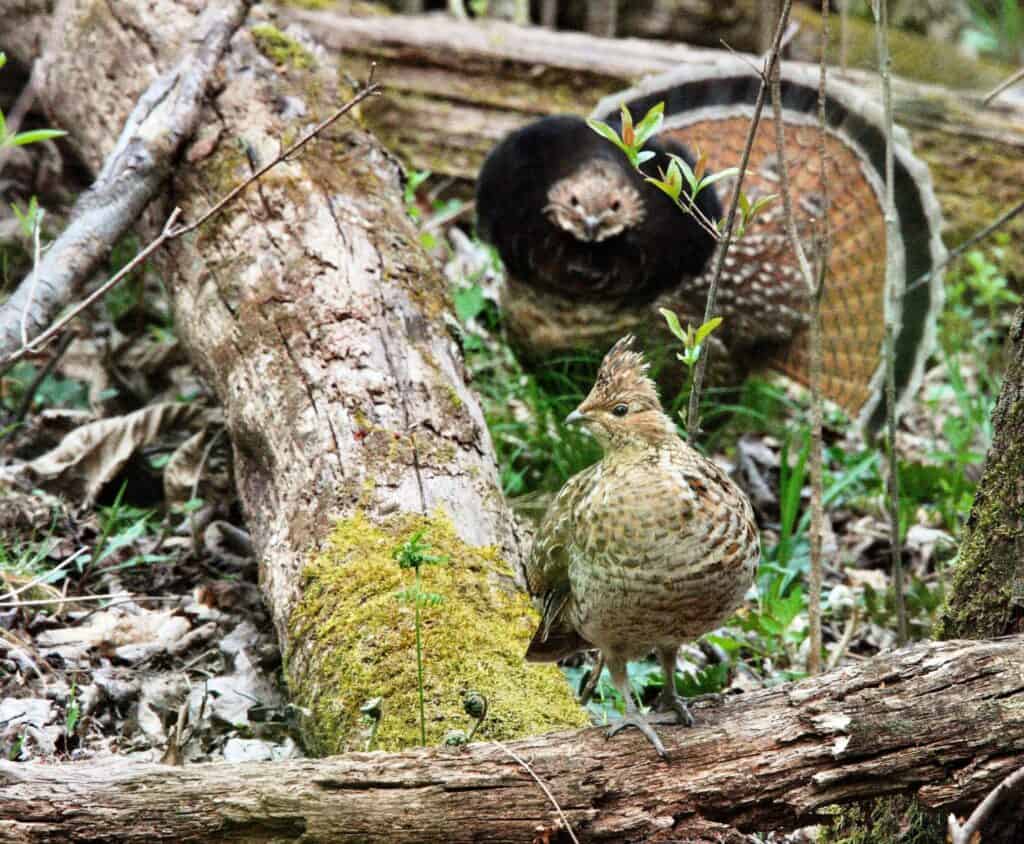
The next step is to look across state lines to see if genetic variation in Pennsylvania is different than in other states throughout their range.
The team also plans to collect DNA from museum specimens to check how much their genetics have changed since the arrival of the West Nile virus and hopefully find clues that indicate an immunologic response to the disease.
As an unexpected result, the team also uncovered some genetic anomalies in individuals, possibly linked to chromosome inversion. These anomalies could change the way the birds look, or even their behavior. Such differences could also affect the productivity of the birds, reducing the number of viable eggs per clutch—information that would have major implications for the management of the species, especially in a breeding program.
However, the researchers don’t yet know how these chromosomal inversions affect the ruffed grouse. “There are many hypotheses that we are currently testing, but I feel that we are only scratching the surface, and that there are still many more exciting things that the genomes of these birds can tell us,” Luna said.
Header Image: Ruffed grouse are declining in Pennsylvania. Credit: Jacob Dingel/Pennsylvania Game Commission



